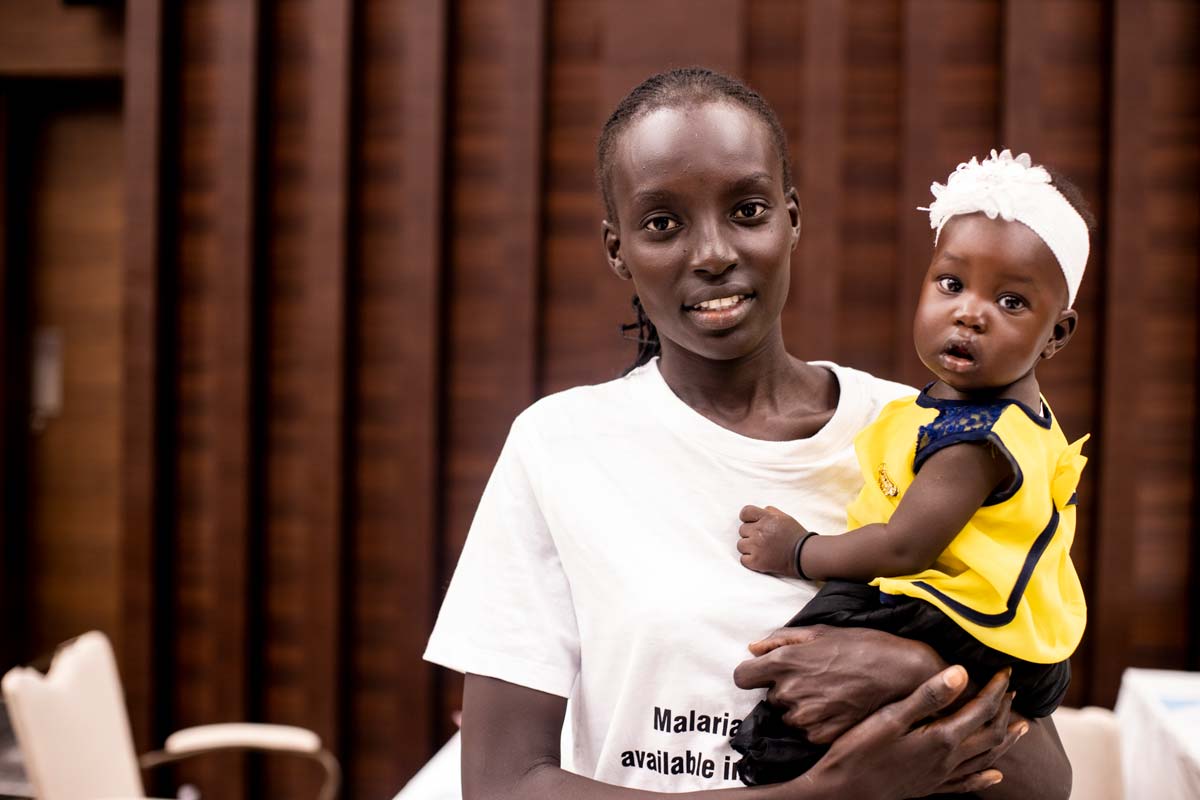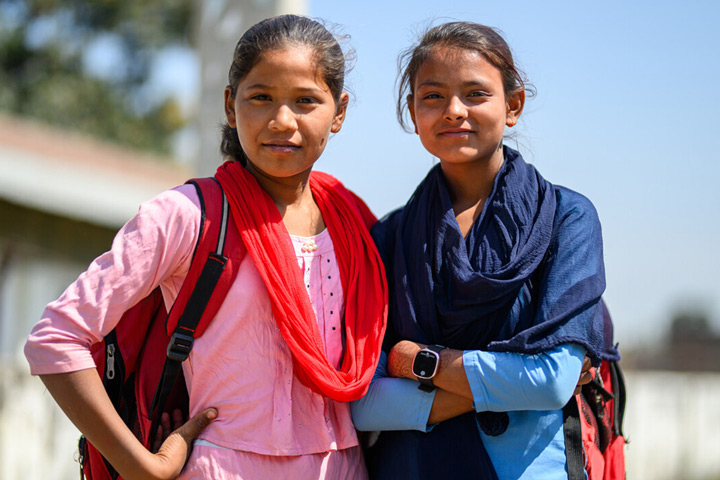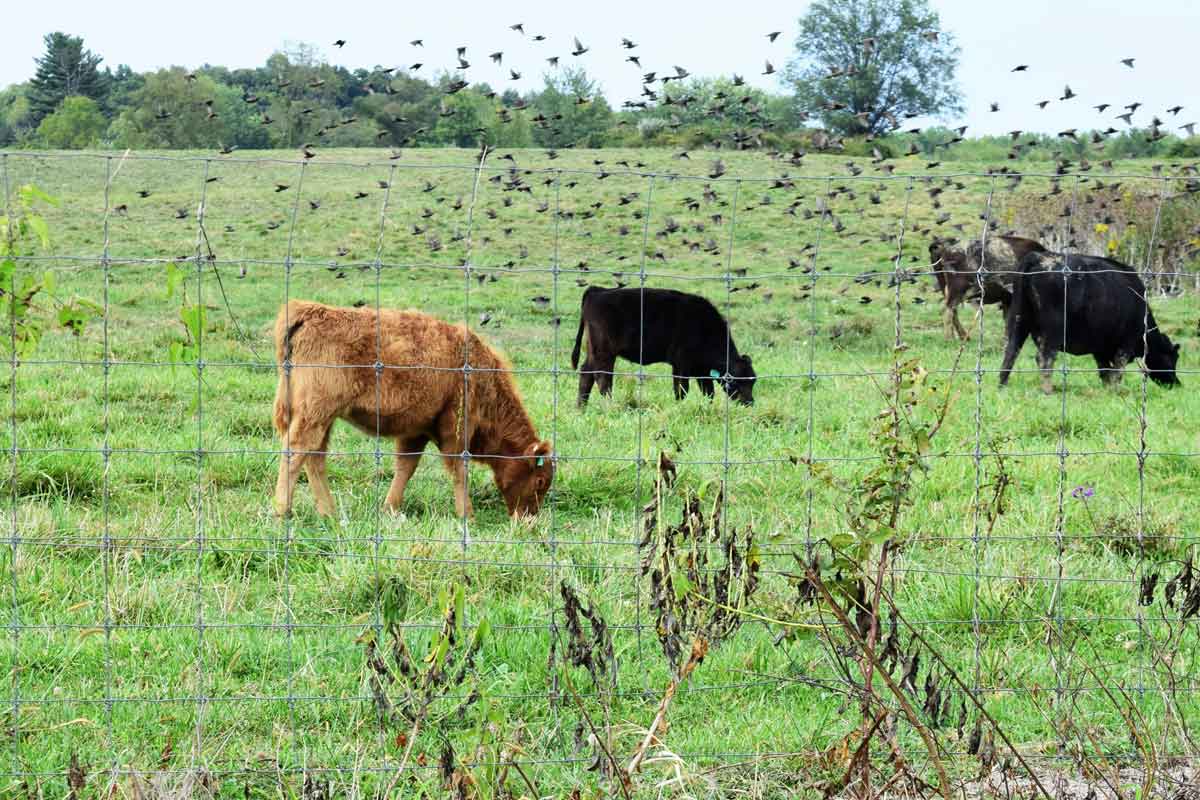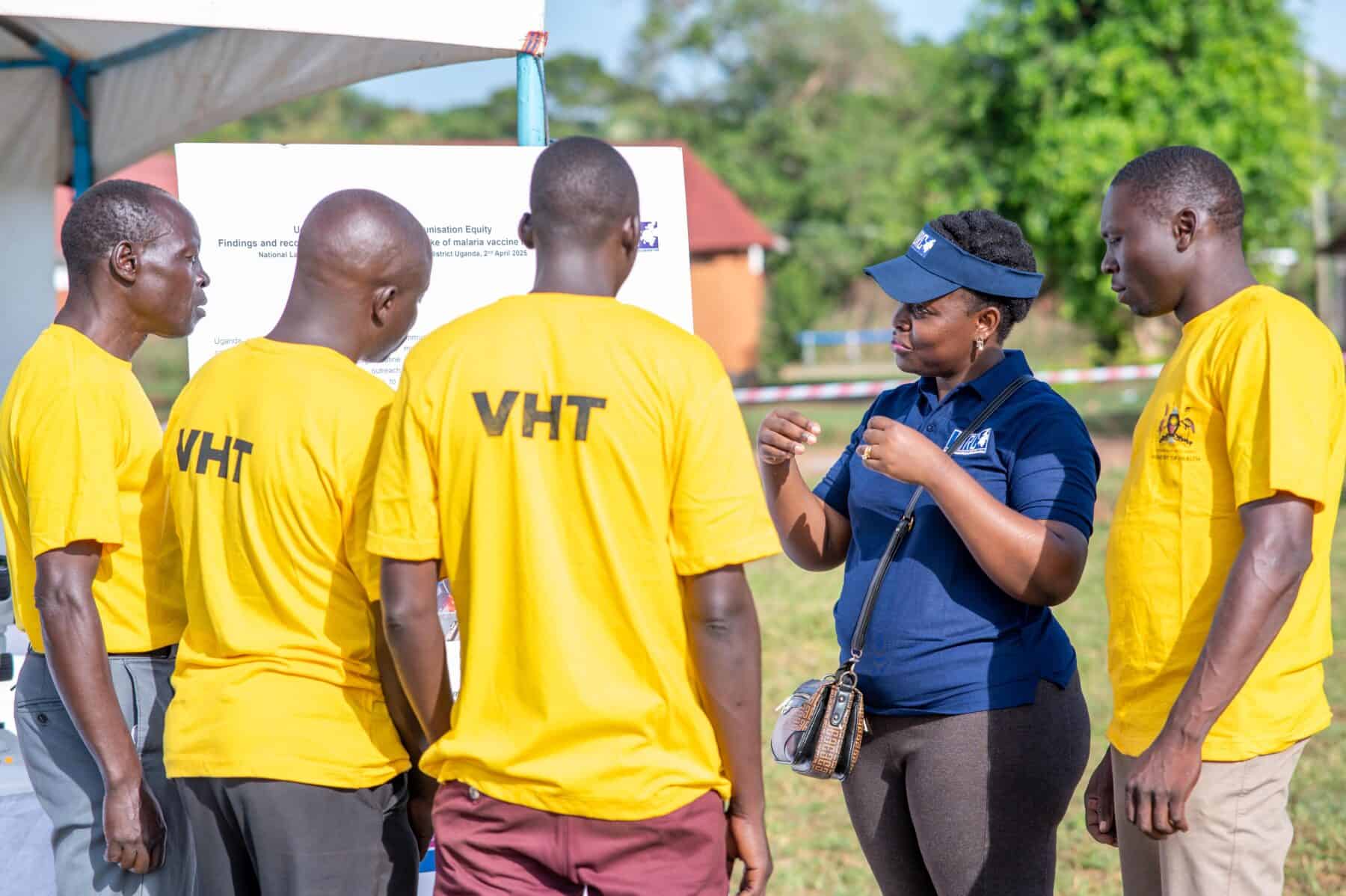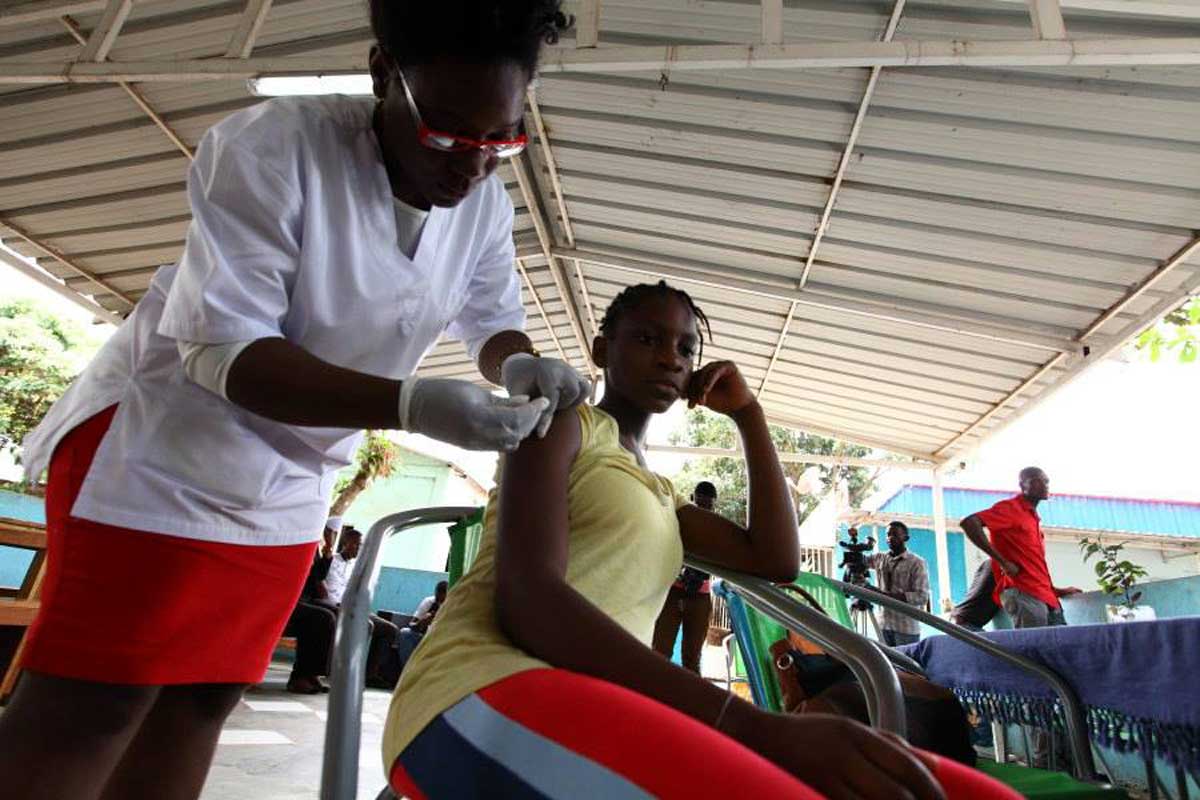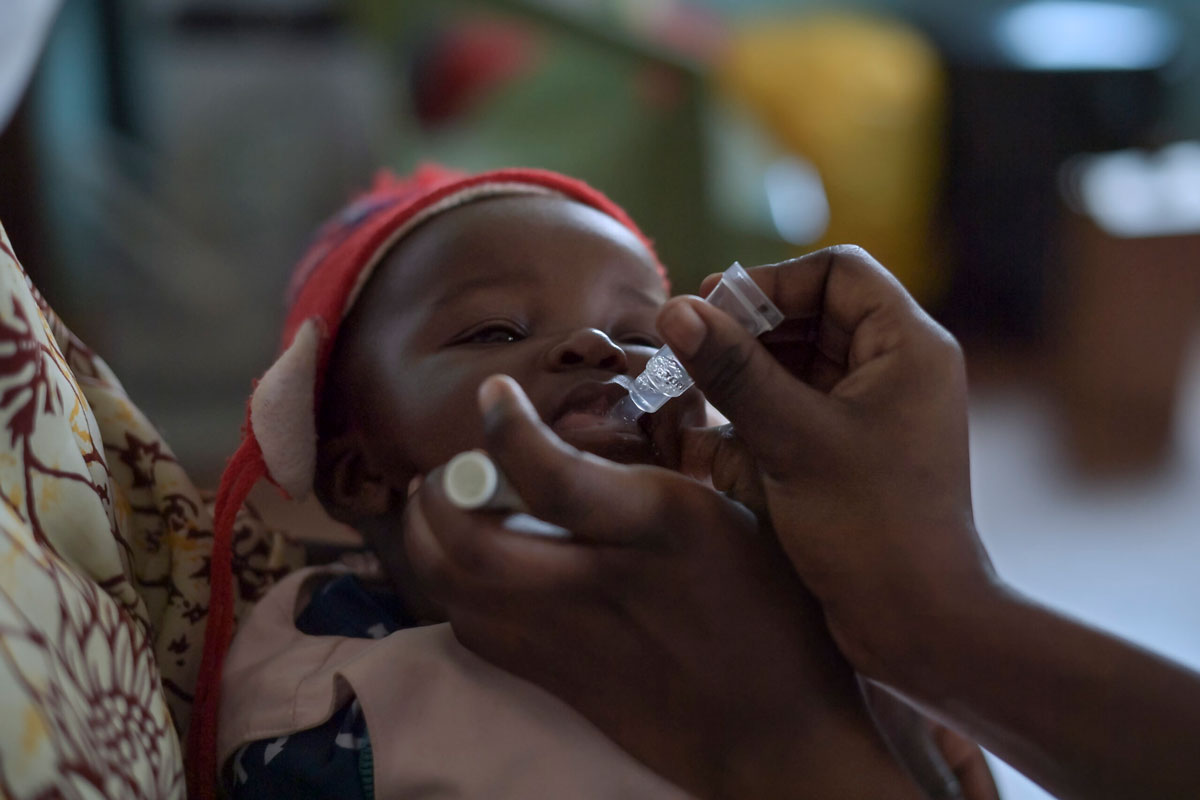How can we defeat disease outbreaks? We asked experts on the epidemic frontlines
The number of novel disease outbreaks is predicted to triple in the coming decades. Here are six key lessons learned from tackling some of the last decade’s most challenging disease outbreaks.
- 24 April 2025
- 5 min read
- by Priya Joi
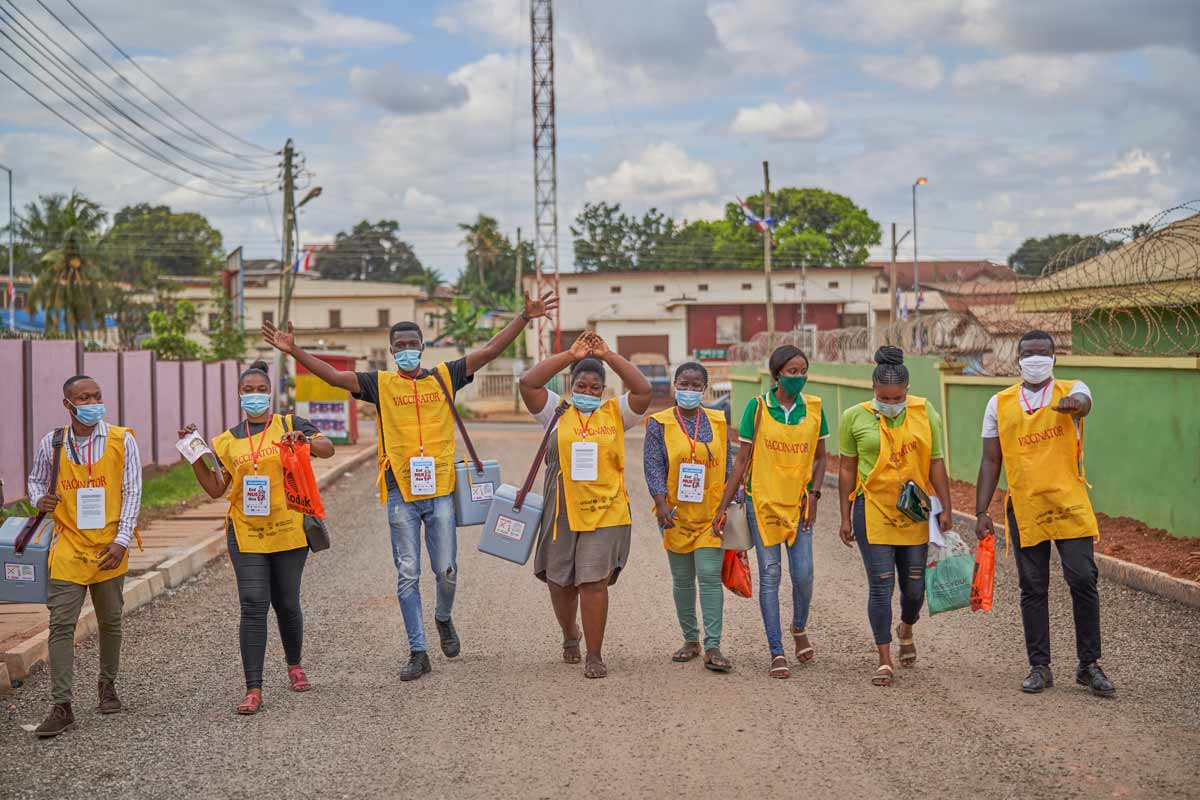
Fighting an outbreak of deadly diseases like chikungunya, dengue or Ebola requires complex orchestration of many factors, from the ability to detect and diagnose cases to the health capacity to treat infections.
Some outbreaks have been dealt with better than others, but every single one teaches us valuable lessons that – if heeded – could save many lives in the future.
Gavi's new Insight Paper includes first-hand accounts from the frontlines of fighting outbreaks, bringing together key lessons learned through responding to recent outbreaks. Here are six of the most important ones.
1. Preventive measures mitigate the damage caused by outbreaks
The likelihood of preventing or slowing an outbreak is much higher when certain interventions are in place, such as routine immunisation, preventive vaccination campaigns, well-resourced health systems and trained health workers.
A key factor in reducing the effect of an outbreak is the rapid deployment of global vaccine stockpiles to protect communities and stop the outbreak from spreading too far.
Preventive vaccination campaigns are an important first line of defence to protect against outbreaks, particularly for diseases for which routine childhood vaccines aren’t on offer, such as cholera. Since 2014, Gavi has supported a preventive vaccination programme focused on cholera hotspots.
Since June 2024, Gavi has also been funding preventive Ebola vaccination for health and other frontline workers who would be first to encounter or respond to new epidemics in at-risk countries.
2. Adequate response capacity and resources need to be there at the start
Ensuring countries are equipped to detect and respond to outbreaks while they are still simmering is critical and can make the difference between a local, contained outbreak and an international health threat.
Dr Ousseynou Badiane of the Senegal Ministry of Health says that when chikungunya virus broke out in 2023, “it was detected through the R4S network, Senegal’s sentinel surveillance system. Health workers were rapidly warned to look out for chikungunya cases as part of enhanced surveillance measures. From July 2023, the epicentre of the chikungunya outbreak was in the east of the country, in the regions of Kédougou and Tambacounda.”
Badiane adds: “We were able to respond to the outbreak more rapidly because it was possible to mobilise financial support from regional authorities and local districts. This was in addition to national funding, which took longer to be approved.”
Part of the reason for this effective response was that the country had experienced periodic sporadic cases and outbreaks in Senegal in 2009–2010 and then in 2015. They were prepared by the time the 2023 outbreak happened.
3. Every major outbreak is often being dealt with alongside many other diseases
A major outbreak can cause huge collateral damage. Not only do local capacities get squeezed hard in the response to the outbreak, the diversion of resources means that the control of other diseases weakens, leading to a rise in those infections.
This pressure only becomes more extreme when further outbreaks pop up. Gassim Cissé of Guinea’s Expanded Programme on Immunization (EPI), who was on the frontlines of the 2014 West Africa Ebola outbreak, says that when Guinea had another outbreak in 2021: “The country also had to deal with multiple other simultaneous outbreaks, including Lassa fever in 2021–2023, yellow fever and COVID-19.”
He adds: “There were also measles outbreaks during this period, and the country’s first known case and death from Marburg virus disease – as well as other public health problems, including HIV, tuberculosis, tetanus, meningitis, malaria and cholera.”
4. Local capacity is critical, especially in surveillance and diagnosis
Effective disease surveillance enables rapid outbreak detection and response, as well as helping steer prevention efforts. Conversely, a lack of surveillance capacity can be a huge problem.
In Uganda’s Ebola outbreak in 2022, inadequate surveillance capacity meant that the first cases of the deadly disease spread undetected in the community. There were 19 probable Ebola deaths during August and September. These victims had numerous contacts who had to be rapidly tracked down to contain the epidemic.
Cissé says that the harsh lessons learned in 2014 meant that in Guinea’s 2021 Ebola outbreak, they were much better prepared.
“Flexibility in implementing the response plan and in the allocation of financial resources in response to events during the outbreak also helped. Cases could be diagnosed and treated at local centres. Samples no longer had to be sent abroad for analysis. Many more health workers had been trained in infection prevention and control,” he says.
5. Coordination between partners at all levels is key
Cissé says that in 2021, “The involvement of a wider range of government ministries during the second epidemic made for a more effective response, as did the coordinating role of the President’s Office.”
He adds: “There were lessons for international organisations too. The first time around, some organisations did not know how best to contribute, and there was a lack of coordination between partners. Organisations must have relevant expertise to provide effective outbreak response assistance. Some neighbouring countries that closed their borders had just as many cases as those that did not.”
6. Tailoring response to fragile environments is increasingly important
Many of the most challenging outbreaks are increasingly happening in fragile environments.
The population displacement that can be triggered by conflict and other emergencies means that people are less likely to access healthcare and are more likely to lack access to clean water and sanitation.
Climate change is also significantly affecting the way infectious diseases spread, increasing the spread of mosquito-borne diseases such as dengue and malaria, for example.
To address this, Gavi adopted a Fragility, Emergencies and Displaced Populations Policy in June 2022. This allows the prioritisation of countries affected by chronic fragility and acute emergencies, and those with large numbers of displaced people, with flexible, differentiated support to maintain and strengthen immunisation coverage.
This approach can help reach zero-dose children and missed communities with immunisation and other essential services.
Read Gavi’s new Insight Paper, How we fight disease outbreaks: first-hand accounts from the epidemic frontline, here.
